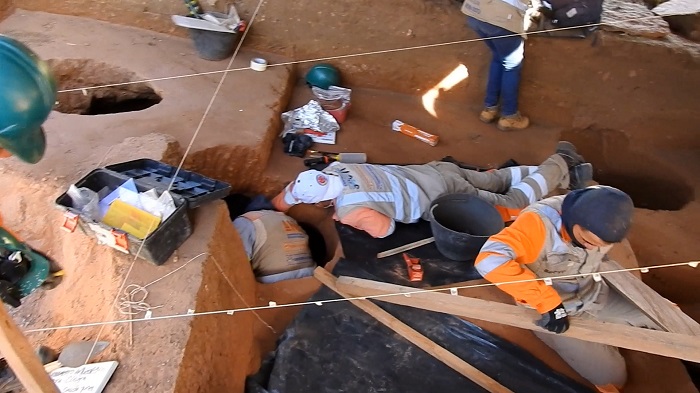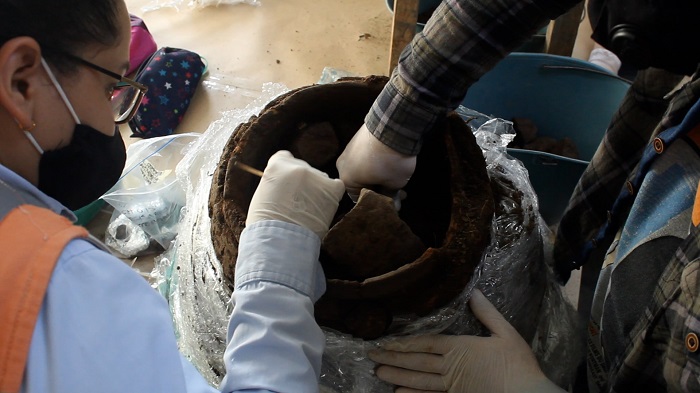Thanks to our preventative archaeology program we preserve the cultural and archaeological heritage of the communities surrounding our P3 projects
Our four P3 projects in Colombia have applied this preventative archaeology program before starting construction works to collect and classify the archaeological remains found in the project sites. Thanks to these activities, that we’ve been executing for the past five years, we have been able to find, analyze and preserve more than 515,000 archaeological findings.
These elements comprise more than 505,000 ceramic fragments; more than 9,500 stone items (materials and stone tools) and close to 500 complete ceramics.

The oldest pieces date from the 9th century BC (1961 BC, approximately) and the most recent from the 7th century AD. The most relevant are precious metal works, ceramic containers to prepare food, music instruments, human and animal bones.
These items have been found in 92 archaeological sites in six different departments within our projects’ influence area. These places are related to former human settlements and cemeteries from pre-Hispanic, Colonial and Modern times.

Some findings are connected to pre-Hispanic indigenous communities, like the Zenu or the Malibu in Montes de María or the Chitareros in Norte de Santander.
Analysis of the remains
After excavations, the remains are classified and structured into a system, under the Instituto Colombiano de Antropología e Historia’s parameters. The pieces are analyzed at a lab, using techniques that let us know their age and inform us about what culture and costumes they originate from and the way of life of the humans that inhabited the different regions of what today is Colombia, apart from the first encounters and interactions between the indigenous tribes and the Spaniards during the conquest and Colonial time periods.
The concession societies hope to share these findings from the excavations, so the items will be donated to local universities, museums or conservation groups, along with pictures, drawings, maps, and technical sheets.